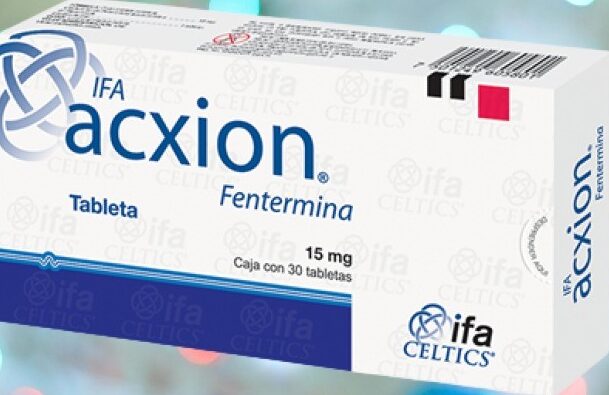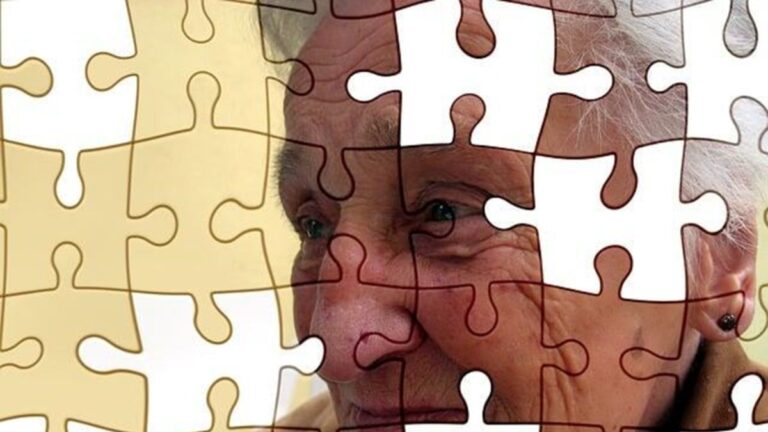Parent’s Guide to the 4 Warning Signs that One Small Child May Need CPR
Every parent’s nightmare is the thought of their child in an emergency. Knowing when a small child needs CPR can be life-saving.
As a parent, it is important to be aware of the warning signs that indicate your child may need rescue breathing. Keep reading to unlock the information you need to protect one small child in case of an emergency.
Ready to learn more? Let’s get started!
1. Unresponsiveness
When a child encounters a serious injury and does not respond to your voice or touch, this is a clear sign of unresponsiveness. First, try calling their name loudly and gently shaking their shoulder, but never shake an infant.
If they do not wake up or react to your stimuli, they are unresponsive. This situation is critical and may require CPR. Quick action is crucial. So always ensure you’re calling for help while you assess the situation.
Remember, unresponsiveness is the body’s way of signaling a potential emergency, and immediate action can make a big difference.
2. Difficulty Breathing
Difficulty breathing in a child might look different from what you’d expect. It can start as shallow, rapid breathing, or you might notice they are struggling to take a breath.
If their nostrils flare or their chest pulls in with each breath, these are signs they’re not getting enough air. You should also listen for any unusual sounds like wheezing or grunting.
These symptoms are serious and may indicate that the child’s life is in danger, necessitating immediate action. Getting oxygen to their body is critical, so if they’re having a hard time breathing, preparing to administer CPR while seeking professional medical help is essential.
Always act quickly if you notice these signs.
3. Abnormal Skin Color
Abnormal skin color in small children can be a critical warning sign. Check if the skin appears pale, blue, or even purplish. These changes can show a lack of oxygen circulating in the bloodstream.
Particularly, blueness around the lips, nose, or fingernails is exceptionally alarming. If you observe any of these symptoms, it’s a serious indication that the child might be struggling for air or experiencing a drop in blood circulation.
Immediate action, such as preparing to administer CPR and calling for professional medical assistance, is necessary. Recognizing these signs early can be crucial in preventing long-term harm or in saving a child’s life.
4. No Pulse
Finding no pulse in a small child indicates that the heart may not be effectively pumping blood. You should check their pulse by gently pressing two fingers on the inside of their wrist or their neck, just below the jawline.
For infants, the best place to check for a pulse is on the inside of the upper arm, between the elbow and shoulder. If you can’t feel any heartbeat within a few seconds, it might mean the child’s heart has stopped.
To ensure you’re prepared for such emergencies, consider getting certified so you can confidently act when seconds count. Find out more about local CPR certification courses in your area to equip yourself with the necessary lifesaving skills.
Early Indicators That One Small Child May Need CPR
In the face of an emergency, being prepared can make all the difference. Remember, knowledge is power, especially when it comes to the health and safety of one small child.
Don’t wait for a crisis to happen. Take action today by enrolling in a CPR certification course. Your decision to learn could save a life.
Did you find this article helpful? Check out the rest of our blog now!







